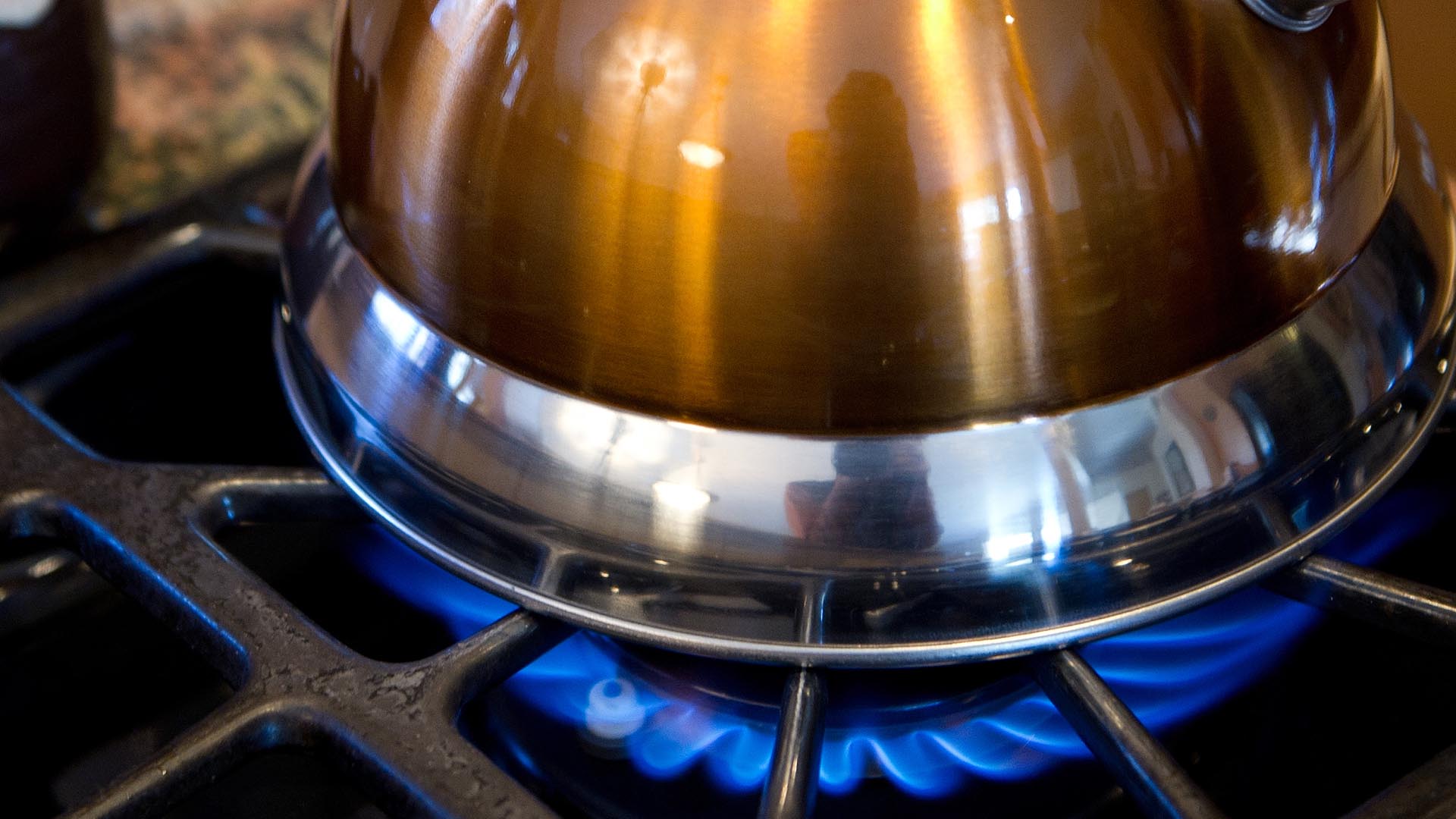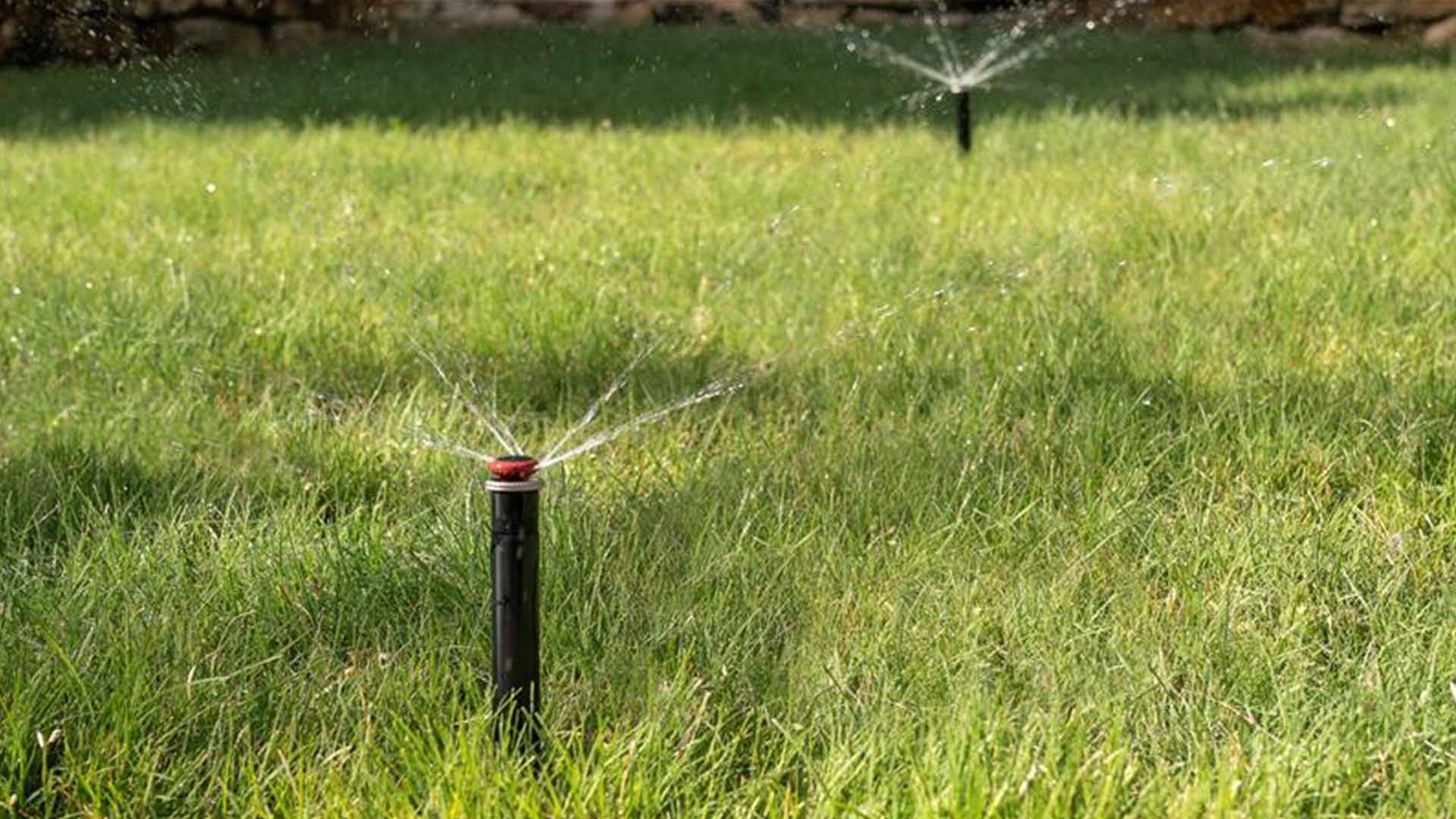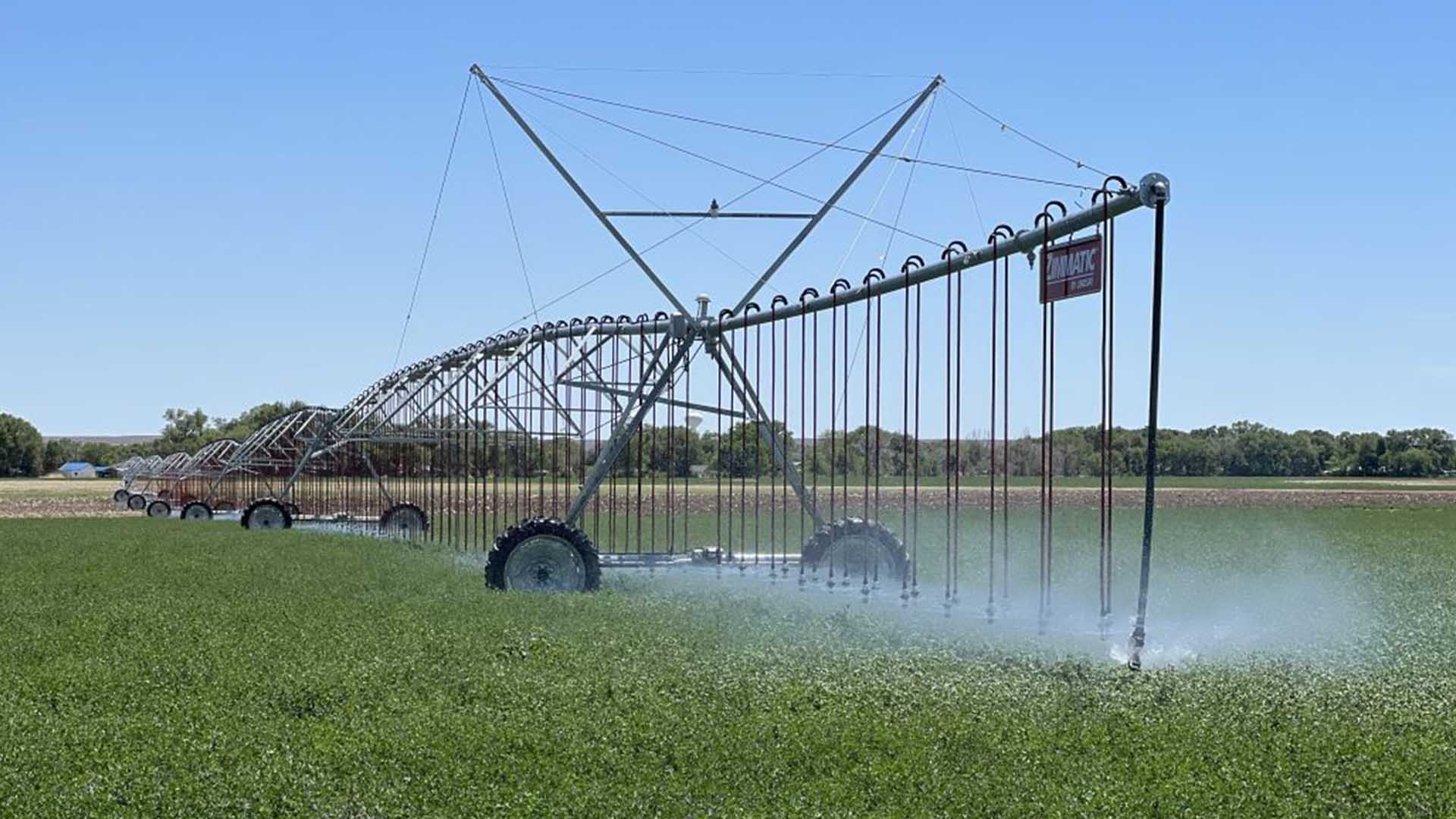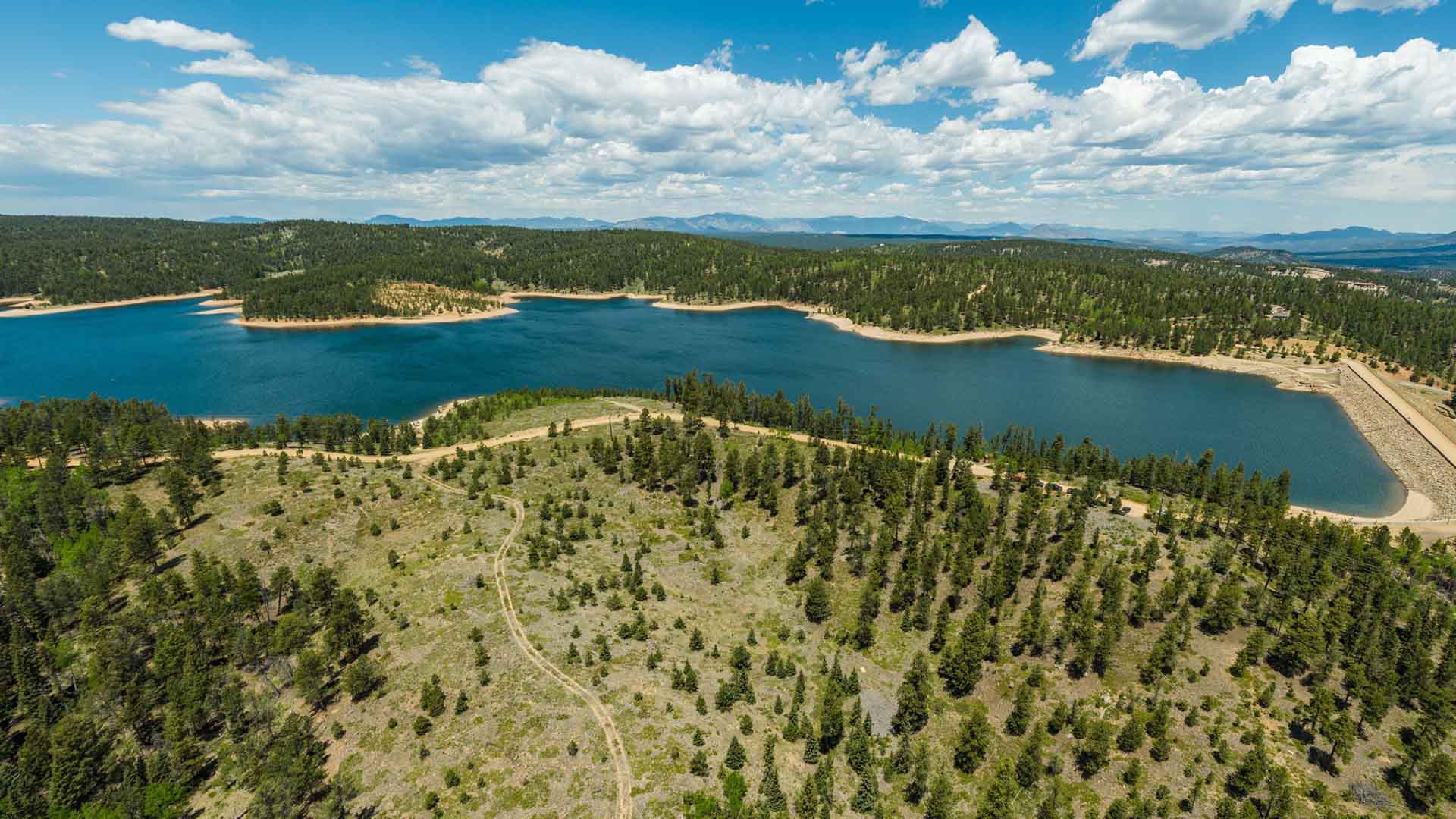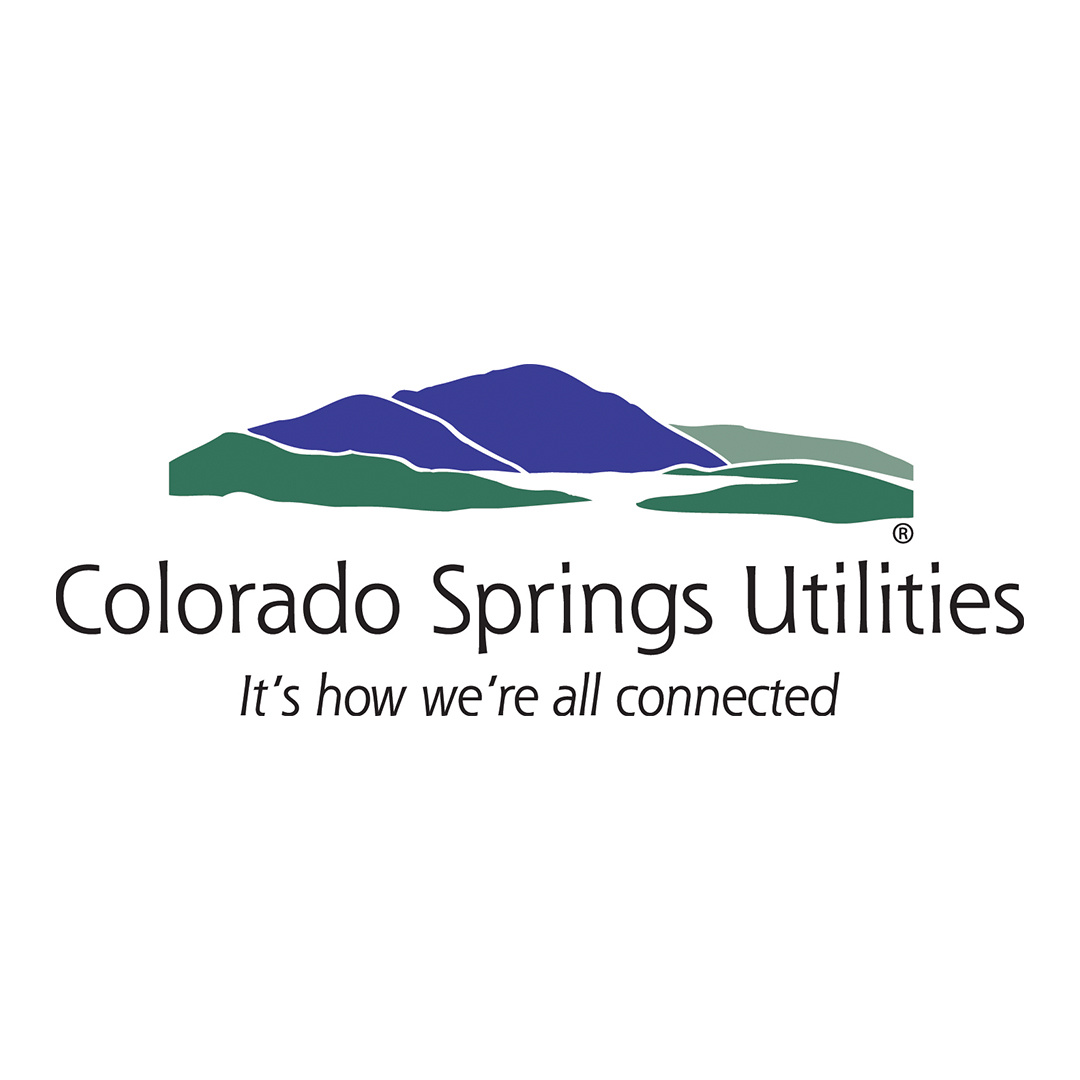
Nick H
Duration: 1 minute
Published on May 21, 2025
Snowpack levels across Colorado are below average this year, with some areas significantly lower than normal. A warmer and drier winter led to less snow accumulation than normal. In April, with continued warm temperatures, this caused an early and rapid snowmelt in the mountains across the state. These conditions are expected to reduce the amount of spring runoff, which is a key source of water for our community.
The good news....
Colorado Springs Utilities sources our water from multiple regions across the state, including the headwaters of the Colorado River. Many of our raw water collection systems are in high mountain areas above 10,000 feet, where snowpack conditions have been more favorable. These high elevation watersheds are near normal snowpack levels, and this helps boost our overall water supply outlook this year.
Additionally, we’re starting the season in a strong position. Thanks to a couple of wet years (2023 and 2024) our total reservoir storage levels are above average. Currently, we have nearly three years’ worth of water demand stored. This stored water is part of our long-term planning strategy to help us manage through drier years, such as 2025 is turning out to be.
How we determine our expected water yield for the year
Every spring, the snow that accumulates over the winter begins to melt, sending pristine mountain water into streams, rivers, ponds, and reservoirs. To prepare for this seasonal runoff, our water resource engineers conduct yield forecasting - a process in which data is analyzed to estimate the volume of water a particular watershed might produce during runoff.
One of the most important data points in this process is the snow water equivalent (SWE). SWE tells us how much liquid water is stored in the snowpack. It’s one of the most reliable indicators we have for predicting how much water will flow into our reservoirs.
Our team gathers SWE measurements from key locations, including Fremont Pass, Hoosier Pass, Independence Pass, and Pikes Peak. We combine this data with streamflow forecasts from the Natural Resources Conservation Service (NRCS) and historic records. By analyzing these sources together, we can estimate how much water this year’s snowpack is likely to yield for our community.
Conservation actions matter
While we’re expecting and planning for below average runoff this year, our reservoir levels remain above average thanks in part to our continued commitment to water efficiency and conservation. The water-saving habits of our community, including adherence to the water-wise rules, have played a big role in keeping our storage levels healthy.
Continued smart water use will help maintain reservoir levels and act as a critical buffer during dry periods. It’s important we keep reservoir levels strong and the best time to save water is when we have it. By continuing to use water wisely, we can all help protect our supply for tomorrow.
For monthly updates and information, visit our Water Supply Watch page on csu.org.

